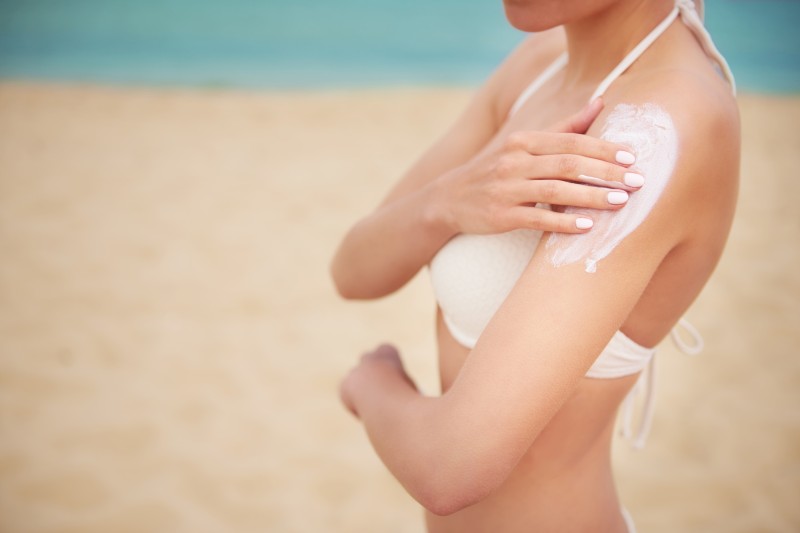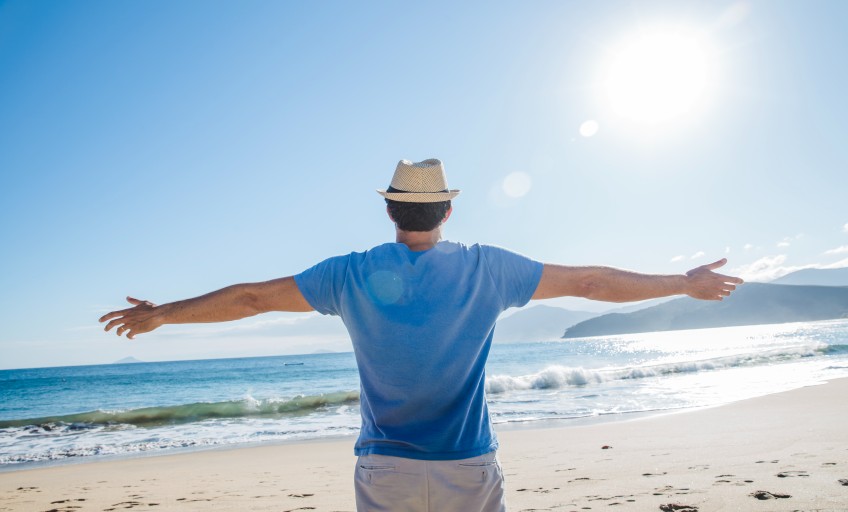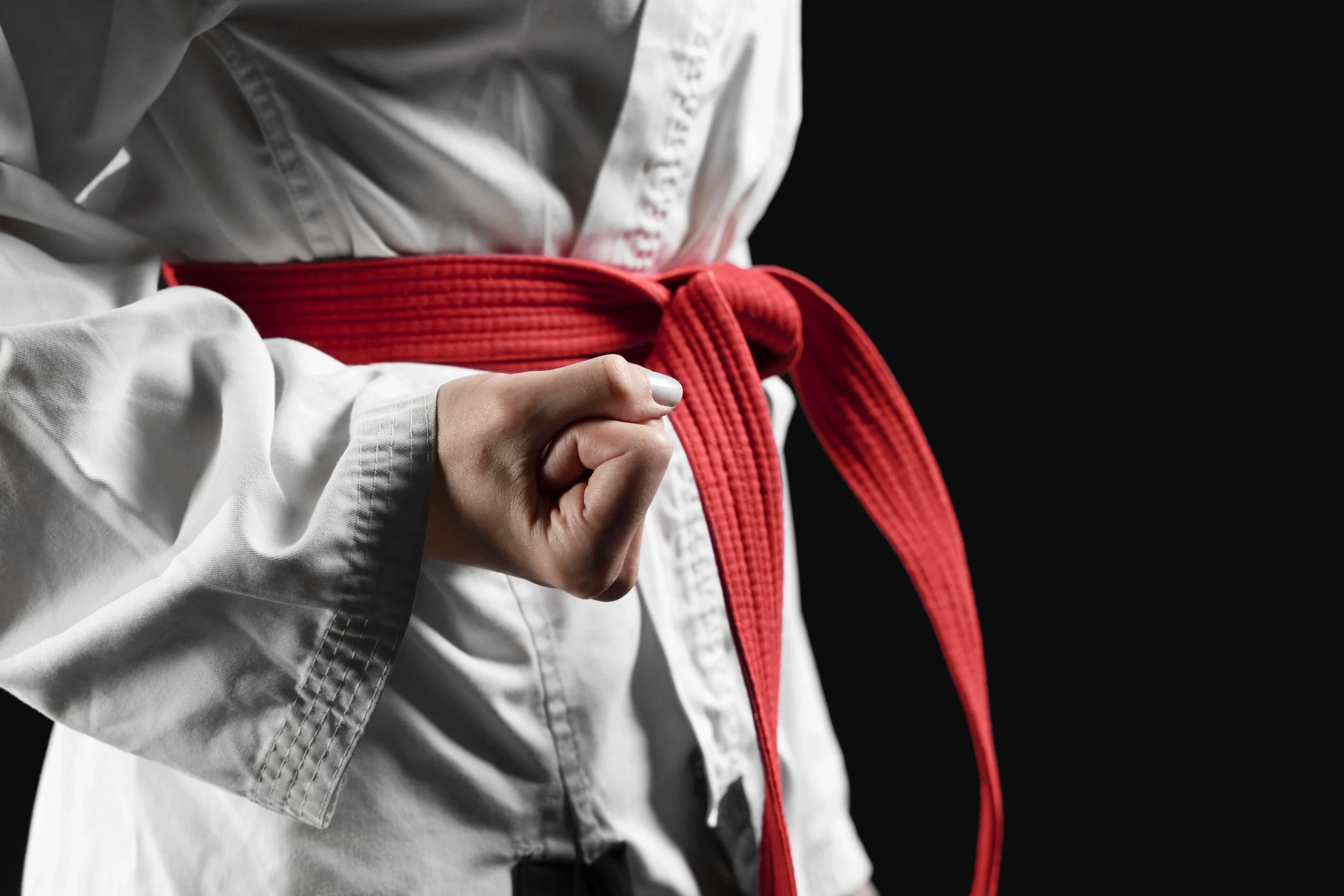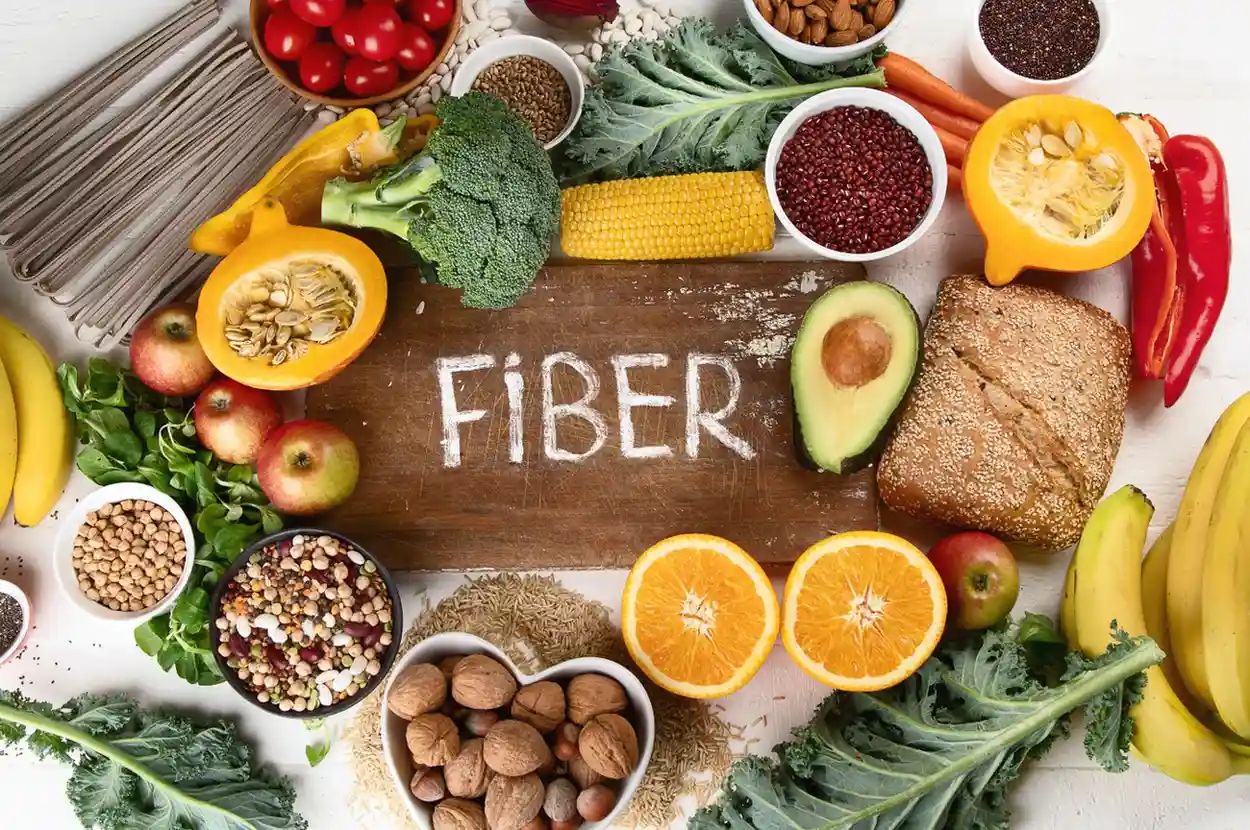Protecting your skin from sunburn can be challenging, especially with the likelihood of this summer being particularly brutal. While exposure to sunlight aids our bodies in producing vitamin D, which is crucial in building strong bones by facilitating calcium absorption, excessive exposure can lead to sunburn.
What is sunburn?
Sunburn refers to damage caused by excessive exposure to UV rays from sources such as the sun or others, like sunlamps or tanning beds. UV radiation harms the DNA in skin cells, resulting in inflammation and reddened skin. It is a form of radiation burn. Sunburn not only causes discomfort but also heightens skin cancer risk and accelerates skin aging.
Common symptoms of sunburn

Sunburn symptoms may range from mild to severe. The symptoms are generally categorized into three types based on severity and the depth of skin damage inflicted by UV rays, as follows:
Mild sunburn symptoms
Following sunburn, the skin may become:
- Red and may feel warm
- Painful and tender
- Itchy or irritable
- Minorly swollen
Severe sunburn symptoms
Symptoms of severe sunburn can impact the entire body. They include:
- Blisters filled with fluid
- Increased pain
- Swelling
- Peeling as the skin heals
- Fever
- Chills
- Headache
- Nausea and vomiting
- A general feeling of being unwell
When to seek medical attention
A person suffering from severe sunburn may require medical attention if they experience the following:
- Deep tissue damage
- Severe pain
- Skin discoloration appearing white, black, or charred
- Numbness
- Low blood pressure
- Fainting and dizziness
- Rapid pulse
- Severe fatigue
- Shallow breathing
- Irritability, confusion, difficulty thinking, or hallucinations
Long-term effects of sun exposure
Due to the harmful effects of UV radiation, prolonged exposure to sunlight can result in:
- Premature skin aging resulting in wrinkles and a leathery texture
- Skin cancer
- Eye damage
- Increased risk of certain cancers around the eyes
Immediate treatments for sunburn
Various sunburn treatment options are available to help relieve symptoms and promote healing. Here are some effective strategies:
Over-the-counter medications
Over-the-counter (OTC) medications can assist in relieving pain, reducing inflammation, and alleviating other symptoms related to sunburn. Options include pain relievers and topical corticosteroid creams.
Hydration and cooling strategies
Moisturizing and hydrating the skin can assist in restoring moisture and promoting healing. Also, skin cooling treatments can help soothe the burn and reduce discomfort.
- Use a gentle, fragrance-free moisturizing lotion or cream to hydrate the skin. Seek products containing ingredients such as hyaluronic acid or glycerin, which can lock in moisture.
- Aim to drink at least eight glasses of water to avoid dehydration.
- Coconut oil is also an excellent alternative that can assist in hydrating the skin.
- Cool the skin with a damp cloth or towel, or take a cool bath.
Pain relief methods
To alleviate the discomfort of sunburn, consider the following strategies:
1. Aloe vera and moisturizers
Lotions that contain aloe vera or menthol can offer a soothing sensation and aid in reducing inflammation.
2. Anti-inflammatory medications
In cases of severe sunburn, a doctor may prescribe oral steroids to reduce inflammation. They might recommend intravenous (IV) fluids for significant dehydration or heat stress.
Home remedies for sunburn relief
For mild cases of sunburn, home remedies can help relieve pain and soothe discomfort while healing occurs. Here are some practical options:
Natural soothing agents
Consider the following natural sunburn remedies:
- Cool water: An effective way to immediately help sunburn is briefly soaking in cool water. Expose yourself to cold water only for a few seconds before covering up your skin and going indoors or getting out of the sun to avoid further sunburn.
- Aloe vera gel: Apply it onto the affected area to reduce redness, inflammation, and discomfort.
- Cucumber slices: Place chilled cucumber slices directly onto the affected area or blend the cucumber into a paste and apply it to the skin for a refreshing sensation.
Hydration and skincare tips
- Sunburn can draw water from the rest of the body to the skin’s surface, raising the risk of dehydration. Therefore, drinking ample water is essential for staying hydrated and aids in the healing process.
- As your skin is repairing itself, wear soft, breathable clothing that does not stick to your skin.
- Refrain from additional sun exposure until your skin has fully healed. Remain indoors or find shade when outside.
Also, consider the following:
1. Oatmeal baths
Oatmeal baths can alleviate itching and irritation linked to sunburn. Add colloidal oatmeal (a finely ground oatmeal powder) to a cool bath and soak for 15-20 minutes to soothe sunburned skin. Colloidal oatmeal possesses anti-inflammatory properties that can diminish redness and promote healing.
2. Coconut oil and honey
Coconut oil contains fatty acids and antioxidants to help hydrate and soothe sunburned skin. Massage coconut oil on the affected area to moisturize and reduce inflammation. Additionally, honey can be effective for sunburns due to its antibacterial, anti-inflammatory, and moisturizing properties. Rub it in circular motions on the affected area, allow it to sit for 15-30 minutes, and rinse off with water to promote healing from sunburn.
How to prevent sunburn?
Preventing sunburn is crucial for preserving healthy skin and minimising the risk of skin damage. Here are some effective strategies for avoiding sunburn:
Proper sunscreen usage

Sunscreen protects the skin from harmful UV radiation. Opt for a broad-spectrum sunscreen with a Sun Protection Factor (SPF) of 30 or higher, and apply it generously to all exposed skin before stepping outside.
Protective clothing and accessories
Wearing protective clothes can help protect the skin from UV radiation. Choose tightly woven, lightweight fabrics that cover as much skin as possible, such as long-sleeved shirts, trousers, and wide-brimmed hats. Opt for lighter colors and thinner fabrics like cotton or linen, allowing air circulation and keeping you cool.
Best practises for outdoor activities
Seeking shade during peak sunlight is crucial for protecting the skin against harmful UV radiation. When outside, take regular breaks in shaded areas to provide your skin with a respite from direct sun exposure. Use umbrellas, hats, or other portable shade structures to create shade if natural shade is unavailable.
Sunburn is a common concern during the summer months. Everyone must be mindful of sun exposure, regardless of age, skin color, or the time of day. So, make hay while the sun shines.
Key Takeaways
- Symptoms of sunburn, which can range from mild to severe, include red, painful, and itchy skin, chills, nausea, numbness, and low blood pressure.
- Treatments include over-the-counter medications, hydration and cooling strategies, among others.
- Home remedies encompass natural soothing agents, oatmeal baths, and more.
- Ensure proper application of sunscreen and wear protective clothing and accessories to prevent sunburn.
Stay tuned to the Activ Living Community. Keep up to date with the latest health tips and trends through expert videos, podcasts, articles, and much more on nutrition, fitness, mindfulness, and lifestyle conditions like Asthma, Blood Pressure, Cholesterol, and Diabetes. Activ Living ke saath sahi sehat ki shuruat ABHI karo.
You may also be interested in the following blogs:
Popular Searches
How to lower blood pressure | Fruits good for liver | Unhealthy foods | Ragi Benefits | Basal Metabolic Rate | Acupressure points for High Blood Pressure | Ayurvedic medicine for blood pressure | How to control cholesterol at home | Homeopathy for Asthma | Biological Age | Home remedies for TB | Natural beta blockers | Negative effects of internet | Types of walking | Blood pressure calculator | Blood sugar calculator | BMI Calculator





 1800-270-7000
1800-270-7000






